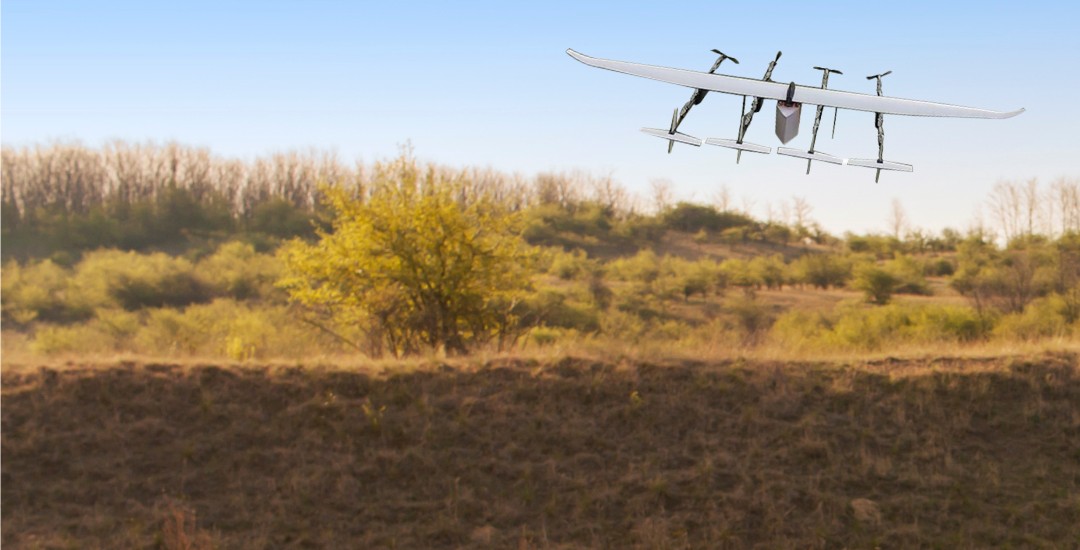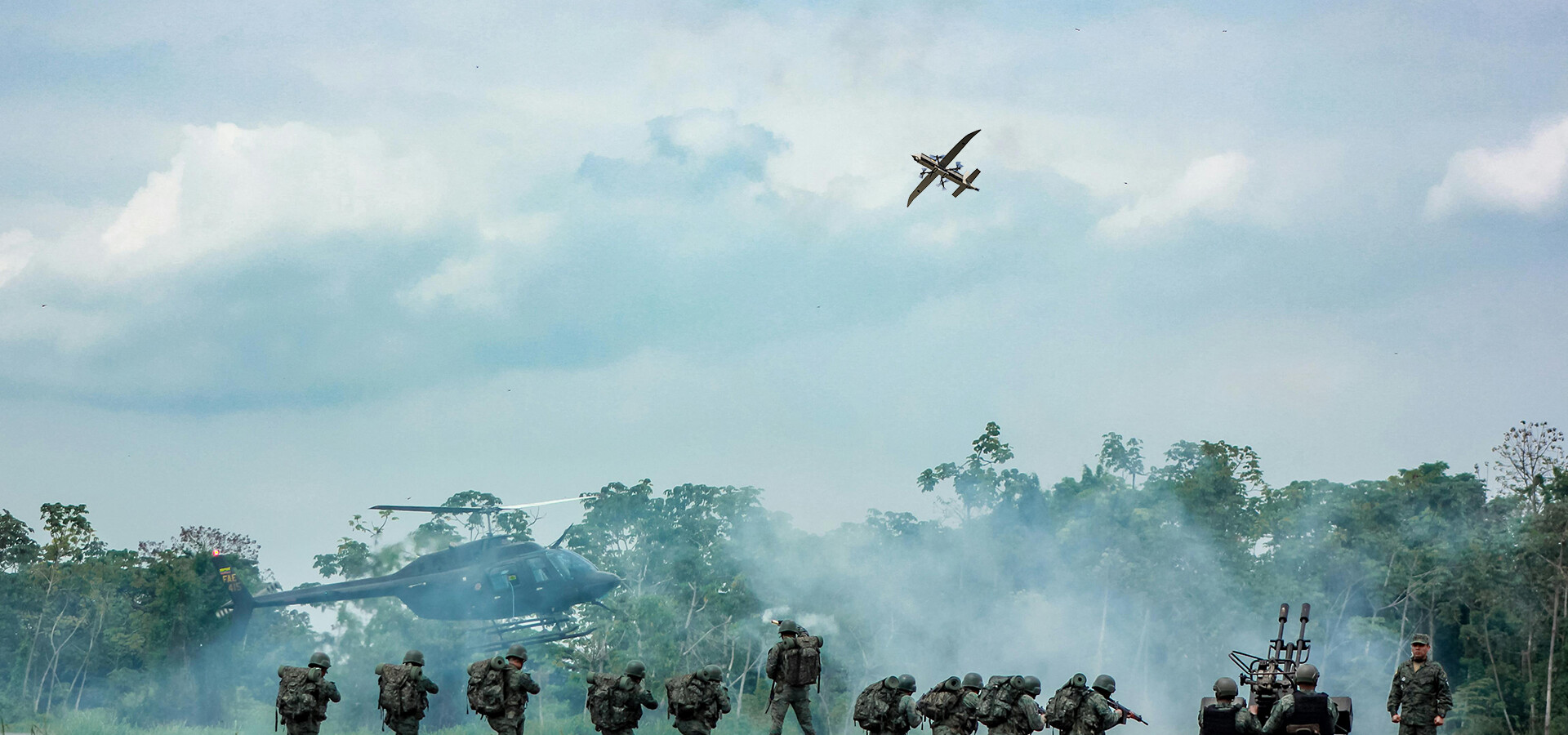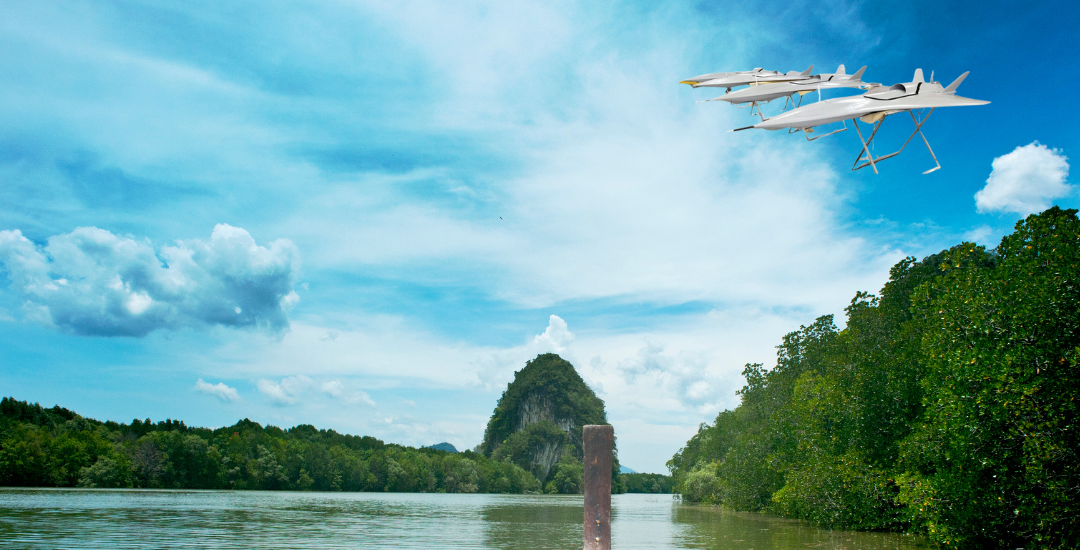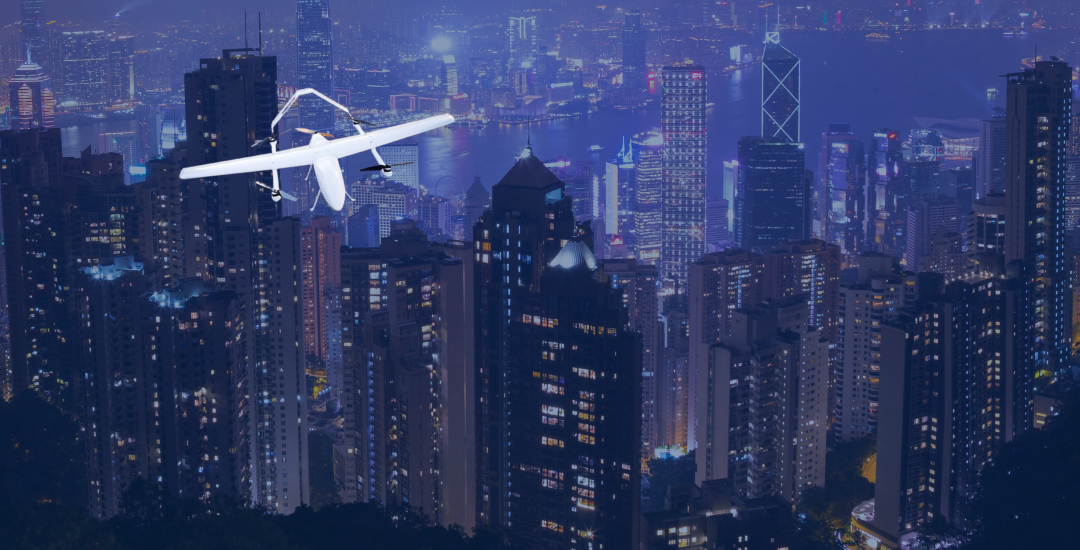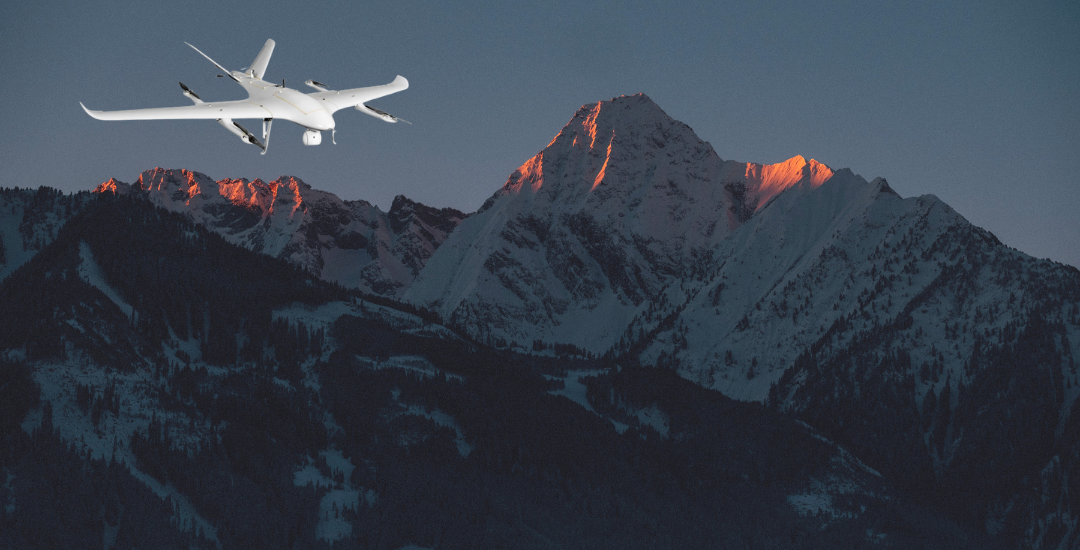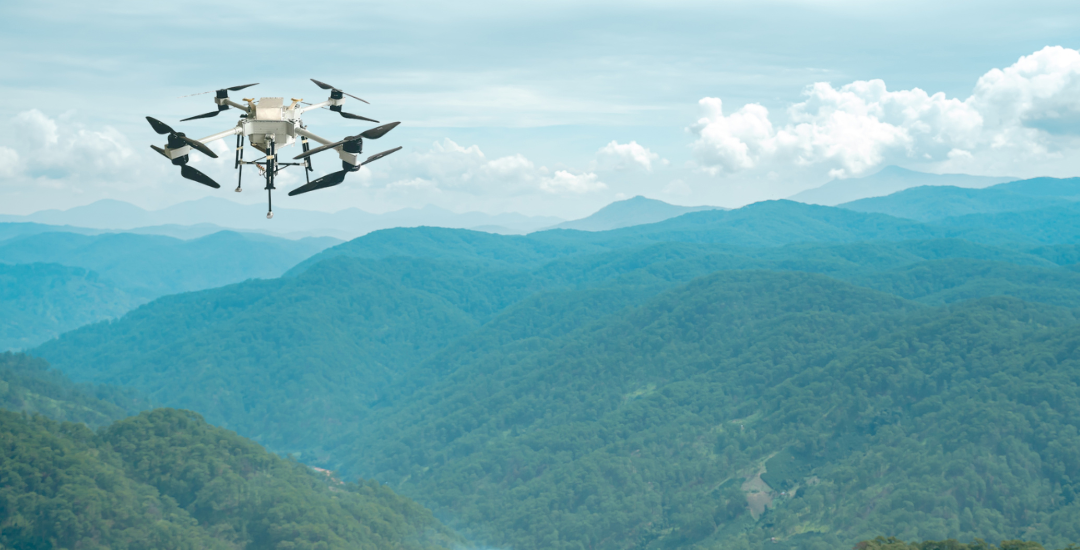NEWS
Home > News
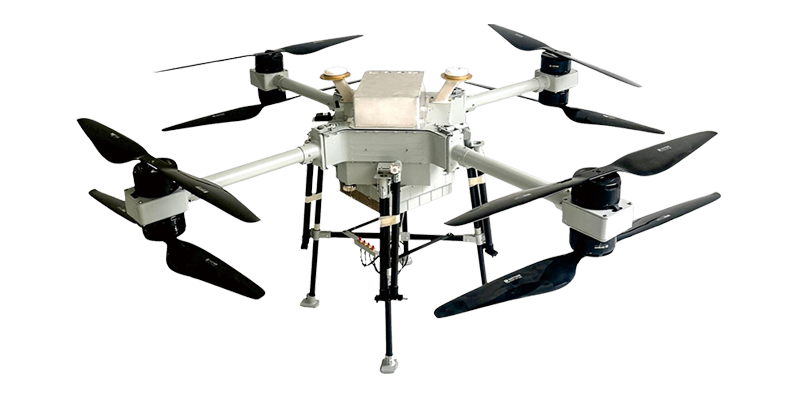
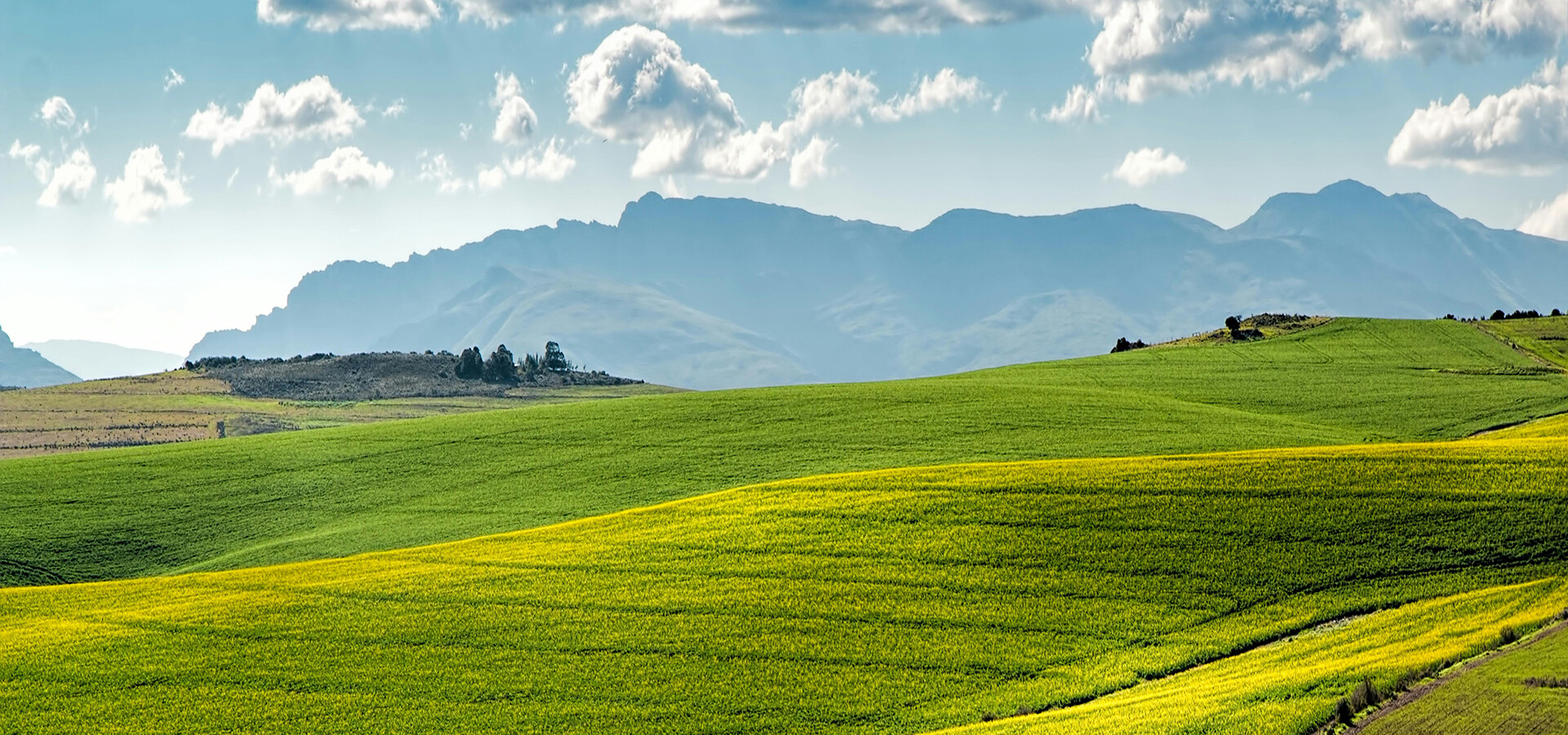
Vertical Take-Off and Landing (VTOL) fixed-wing Unmanned Aerial Vehicles (UAVs) are transforming operations across multiple industries. By combining the hovering capabilities of multirotor drones with the efficiency and range of fixed-wing designs, VTOL UAVs provide innovative solutions to modern challenges.
In this article, we explore the top industries benefiting from vtol uav fixed wing technology and how these drones are revolutionizing workflows.
What Makes VTOL Fixed-Wing UAVs Ideal for Industries?
The hybrid design of VTOL UAVs eliminates the limitations of traditional drones:
- Versatility: Ideal for varied terrains and confined spaces.
- Extended Range: Superior endurance compared to multirotor systems.
- Efficiency: Cost-effective for large-scale or repetitive tasks.
Agriculture and Precision Farming
Farmers are increasingly adopting VTOL UAVs for smarter resource management.
Applications in Agriculture:
- Crop Monitoring: Collect multispectral data to assess crop health.
- Precision Spraying: Target specific areas with pesticides or fertilizers.
- Soil Analysis: Perform detailed soil mapping to optimize yields.
Benefits for Agriculture:
- Enhanced productivity with automated surveying.
- Minimized waste and reduced environmental impact.
- High accuracy even in rugged or hard-to-reach fields.
Popular Model: Quantum-Systems Trinity F90+, which supports precision agriculture workflows with extended flight times and multispectral cameras.
Blueflyplus Fixed Wing VTOL UAV
Surveying and Mapping
VTOL UAVs are invaluable for geospatial professionals seeking accurate, high-resolution data.
Applications in Surveying:
- Land Surveys: Ideal for large plots requiring detailed mapping.
- Infrastructure Monitoring: Survey roads, bridges, and utilities.
- Topography and Mining: Analyze elevation, surface conditions, and mineral deposits.
Benefits for Surveying:
- Elimination of runway requirements in remote areas.
- Rapid deployment saves time during fieldwork.
- High-precision LiDAR and PPK GPS enhance accuracy.
Popular Model: WingtraOne GEN II, known for sub-centimeter accuracy in photogrammetry.
Blueflyplus VTOL Fixed Wing UAV
Environmental Conservation
Conservationists utilize VTOL UAVs to monitor, protect, and restore natural ecosystems.
Applications in Conservation:
- Wildlife Monitoring: Study populations without human interference.
- Forest Mapping: Assess tree health and detect illegal logging.
- Climate Studies: Track changes in landscapes, glaciers, or coastlines.
Benefits for Conservation:
- Minimal environmental impact during operations.
- Data-driven insights for policymaking and research.
- Safe exploration of inaccessible or dangerous areas.
Popular Model: Atmos Marlyn, for its adaptability to wind conditions and long-range missions.
Defense and Security
VTOL UAVs play a critical role in defense, enabling safer and more efficient operations.
Applications in Defense:
- Surveillance: Continuous monitoring of borders or conflict zones.
- Reconnaissance: Gather intelligence during operations.
- Disaster Response: Assess damage and coordinate relief efforts.
Benefits for Defense:
- End-to-end encrypted communication for security.
- Fully autonomous modes for covert missions.
- Cost-effective compared to traditional aircraft.
Popular Model: Arcturus Jump 20, known for its payload capacity and robust autonomy.
Search and Rescue Operations (SAR)
Emergency services use VTOL UAVs for time-critical, life-saving missions.
Applications in SAR:
- Locating Survivors: Heat detection and infrared imaging in disaster zones.
- Delivery of Supplies: Transport first-aid kits or food to stranded individuals.
- Terrain Assessment: Identify safe routes for rescuers.
Benefits for SAR:
- Quick vertical deployment in emergencies.
- Real-time data relayed to rescue teams.
- Ability to operate in challenging weather conditions.
Popular Model: DJI Matrice 30T, equipped with advanced thermal and zoom cameras.
Energy Sector
The energy industry leverages VTOL UAVs for inspecting and maintaining critical infrastructure.
Applications in Energy:
- Pipeline Inspection: Spot leaks or damage along oil and gas lines.
- Wind Turbine Monitoring: Detect blade wear and tear.
- Solar Panel Surveys: Evaluate performance and identify defects.
Benefits for Energy:
- Enhanced safety by reducing human exposure to risks.
- Cost-efficient inspection compared to manual checks.
- Minimal downtime with quick and precise surveys.
Popular Model: FIXAR 007, praised for its precision and modular payloads.
Infrastructure Development and Urban Planning
VTOL UAVs streamline planning and maintenance processes in urban spaces.
Applications in Infrastructure:
- Road Mapping: Monitor construction progress and traffic conditions.
- Building Inspections: Identify structural weaknesses.
- Utility Management: Survey power lines, water supply networks, and waste management systems.
Benefits for Infrastructure:
- Efficient planning with high-resolution mapping.
- Improved safety and accuracy in inspection.
- Data integration with smart city systems.
Popular Model: Threod Systems Stream C, for fast deployment and urban adaptability.
Logistics and Delivery
The logistics sector benefits greatly from VTOL UAVs, especially in areas with limited access.
Applications in Logistics:
- Package Delivery: Transport goods to remote regions.
- Medical Supplies: Deliver critical drugs or equipment in emergencies.
- Autonomous Transit: Improve last-mile delivery systems.
Benefits for Logistics:
- Reduced delivery times and transportation costs.
- Increased reliability in inaccessible areas.
- Environmentally friendly compared to traditional vehicles.
Popular Model: Easy Aerial Osprey, ideal for carrying lightweight parcels autonomously.
Advantages of Using VTOL UAVs Across Industries
- Reduced Costs: Minimized labor, fuel, and equipment expenses.
- Enhanced Safety: Limits risks for personnel in hazardous environments.
- Sustainability: Eco-friendly technology with minimal carbon footprint.
- Scalability: Systems can grow with evolving business needs.
How to Choose the Right VTOL Fixed-Wing UAV?
The right UAV depends on your industry and specific requirements:
- Evaluate payload capacity, flight time, and range.
- Choose systems with compatible sensors or equipment.
- Confirm compliance with local regulations and licensing requirements.
FAQs on Industries Leveraging VTOL Fixed-Wing UAVs
1. Why are VTOL fixed-wing UAVs important?
They combine the benefits of multirotor and fixed-wing UAVs, providing versatility and efficiency for numerous industries.
2. What industries benefit the most from VTOL UAVs?
Industries like agriculture, surveying, defense, logistics, and environmental conservation reap significant benefits.
3. Are VTOL UAVs expensive?
The cost varies; professional-grade VTOL UAVs range from $10,000 to $50,000, depending on features and payload capacity.
4. Do industries require special permissions to use VTOL UAVs?
Yes, compliance with local drone regulations and pilot certifications is mandatory for commercial use.
5. What is the future of VTOL fixed-wing UAVs?
As technology advances, industries will see better AI, enhanced flight performance, and greater integration into everyday operations.
Conclusion
VTOL fixed-wing UAVs are revolutionizing industries by offering unmatched versatility, efficiency, and innovation. From agriculture to logistics, these hybrid drones are paving the way for smarter, more sustainable operations worldwide. As adoption grows, they promise to transform how we manage resources, ensure safety, and meet evolving industrial needs.
Get ahead of the curve and explore how VTOL UAVs can revolutionize your industry today!
SHARE:
Send a Message
RECENT POSTS
 How VTOL Drones Are Transforming Delivery Services2025-03-28
How VTOL Drones Are Transforming Delivery Services2025-03-28 VTOL Drones vs. Fixed-Wing & Multirotor: Pros and Cons2025-03-21
VTOL Drones vs. Fixed-Wing & Multirotor: Pros and Cons2025-03-21 Top 10 Safety Tips for Operating VTOL UAVs in Urban Areas2025-03-14
Top 10 Safety Tips for Operating VTOL UAVs in Urban Areas2025-03-14 Choosing the Right Fixed-Wing UAV for Your Needs2025-03-07
Choosing the Right Fixed-Wing UAV for Your Needs2025-03-07 What Is a VTOL Aircraft? A Beginner’s Guide2025-02-24
What Is a VTOL Aircraft? A Beginner’s Guide2025-02-24
Get in Touch
Please use the form below to get in touch.
If you need a reply we will get in touch as soon as possible.


